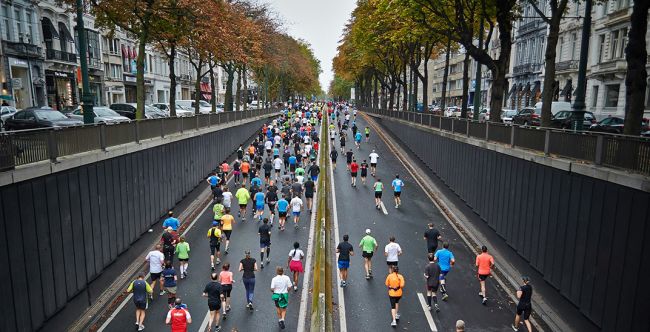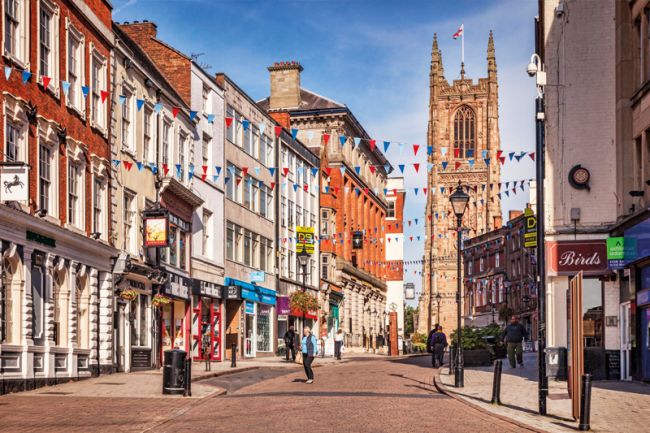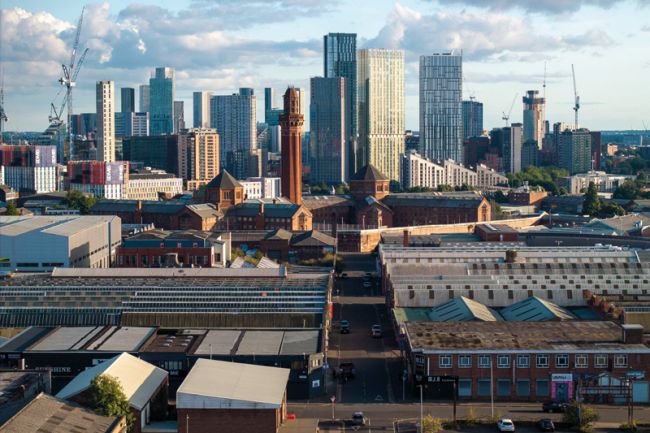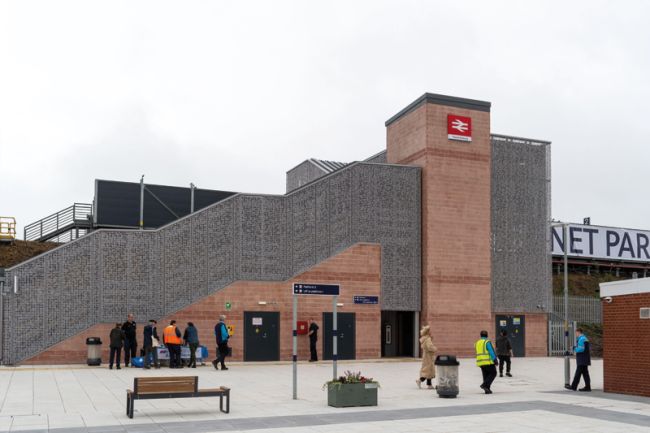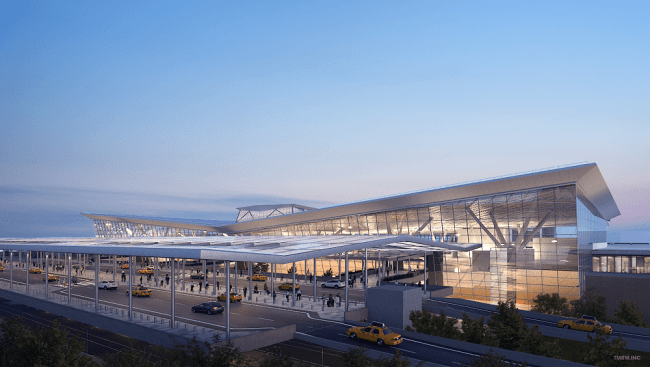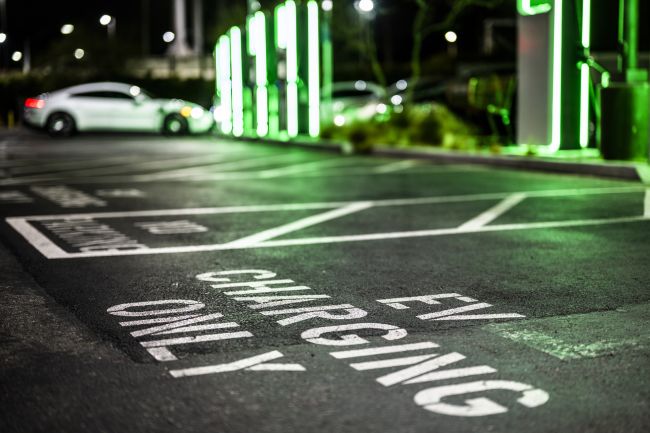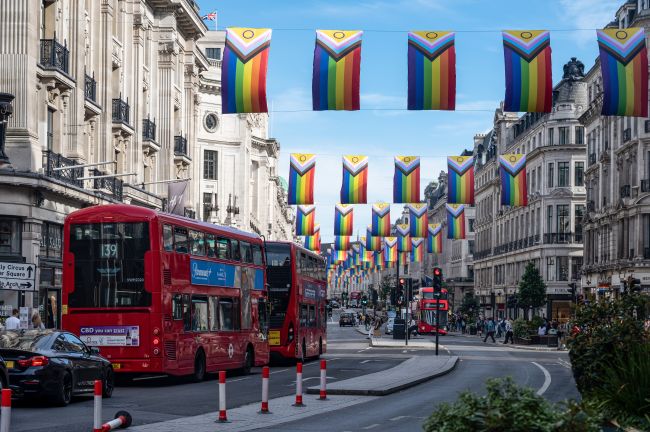What makes for ‘good’ deliveries on the high streets of the UK?
Deliveries are vital to city life. Steer helps design practical, people-first freight solutions for vibrant streets.
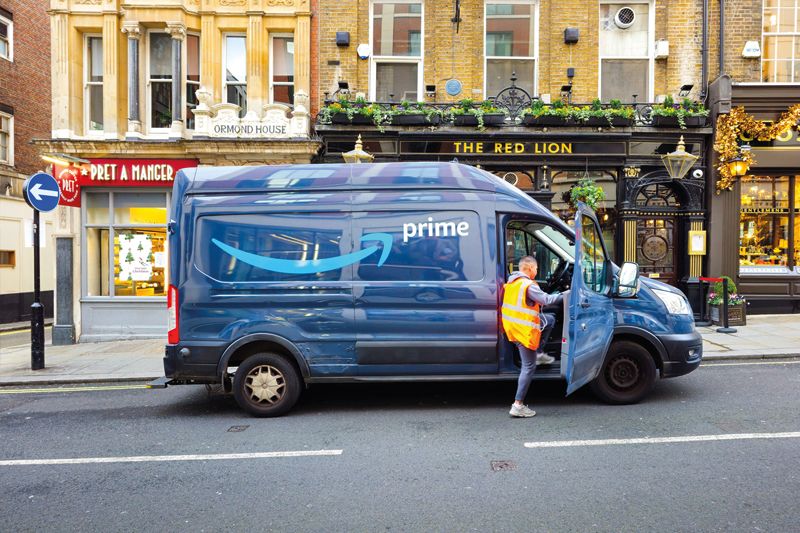
Freight and delivery in town and city centres is an unavoidable reality, with the daily movement of goods and unloading of stock essential for local societies and economies.
One of the most important things to recognise about deliveries and servicing is that they are, by nature, messy and can't take place entirely off-street, hidden away so as not to cause offence and reveal the "backstage" of everyday life.
This doesn’t mean that deliveries need to be disruptive to the general public, however, and there are some general principles that we can all work with when thinking about how to make high streets work better for everyone.
Safety first
No matter what, deliveries and servicing must be safe. This means using the right vehicle (or non-motorised mode) for the environment, accommodating those vehicles safely (no HGVs spilling over a loading bay onto the pavement), and locating loading bays/zones appropriately to minimise potential conflict with other road and street space users.
Good timing
Deliveries are a fact of life, but we have agency over when they take place. Unloading lorries during peak commuting time or a busy lunch hour doesn’t make sense. There are lots of good examples where big occupiers or estates restrict delivery times according to when the streets nearby are busiest with walkers, cyclists or diners.
Clean
An easy one, this is about helping businesses to encourage their suppliers to use their cleanest vehicles on the job, on the grounds that clean air and the planet are worth it. Local authorities and business improvement districts (BIDs) can help make it easier to use zero-emission modes by getting the right infrastructure in place.
Straightforward
If there are rules that restrict the timing or routing of delivery and servicing vehicles, these need to be transparent and easy to comply with. Non-compliance should be exceptional.
These are principles, not rules, and as such, they reflect the flexibility needed for a high street business population that is far from homogeneous. Different businesses have different delivery and servicing requirements, and some businesses/services even have rules or specific guidance about the ways in which deliveries can be made, such as pubs, cash machines and pharmacies. Understanding this and making sure schemes are designed effectively and sensitively is what Steer does best.
Whether you’re planning loading zones, shaping freight policy, or rethinking your high street strategy, Steer can help you design practical, people-first delivery solutions that work for everyone.

